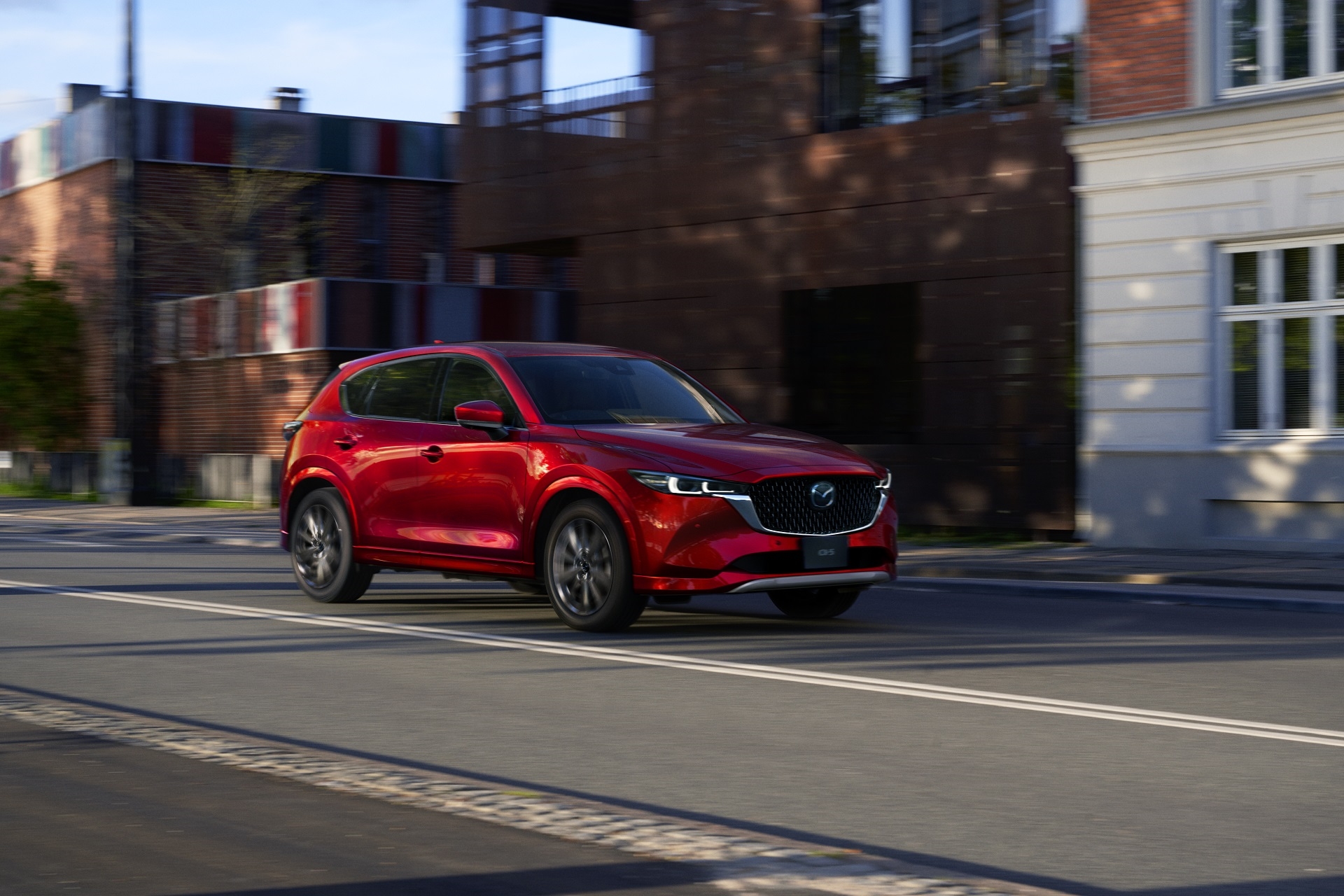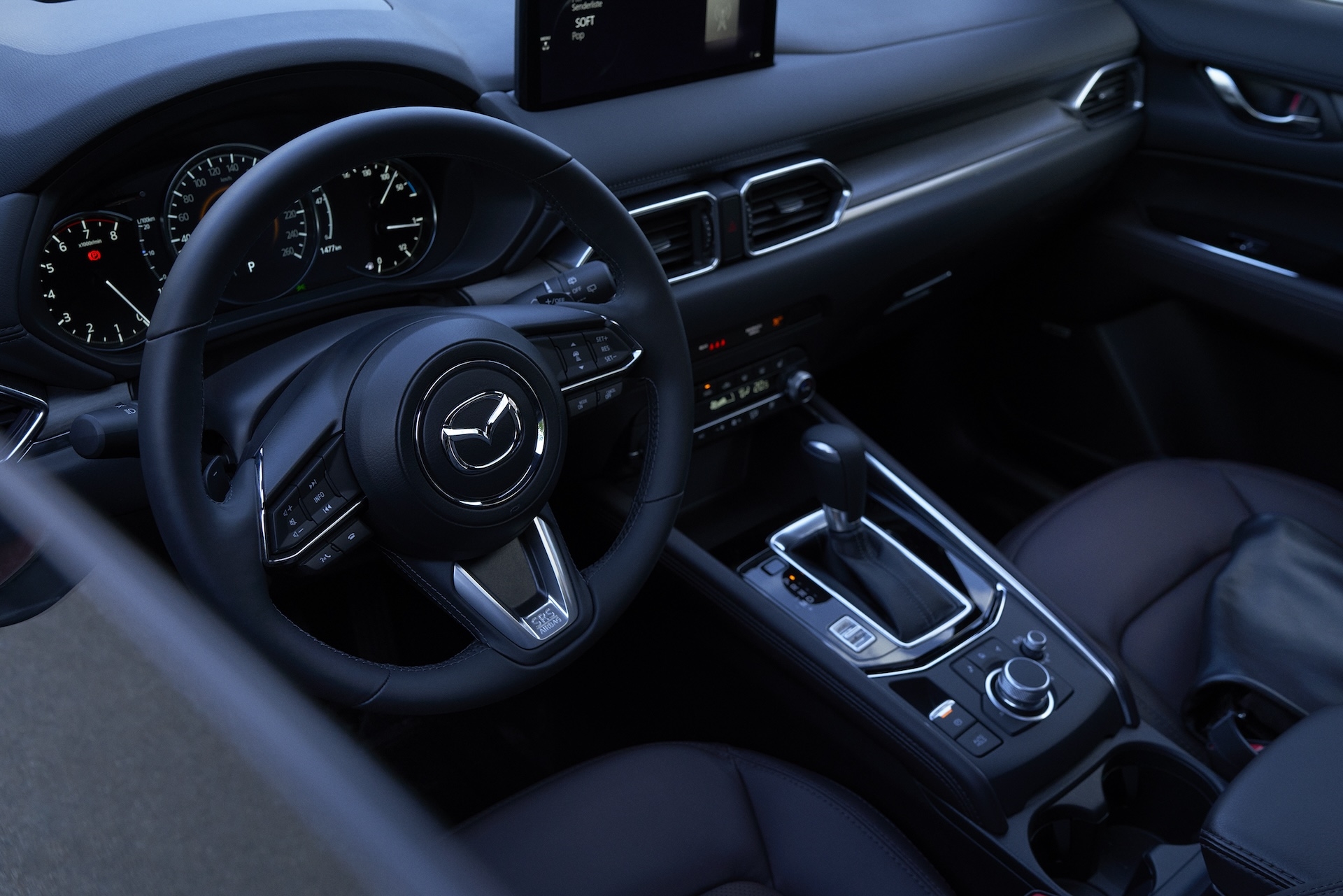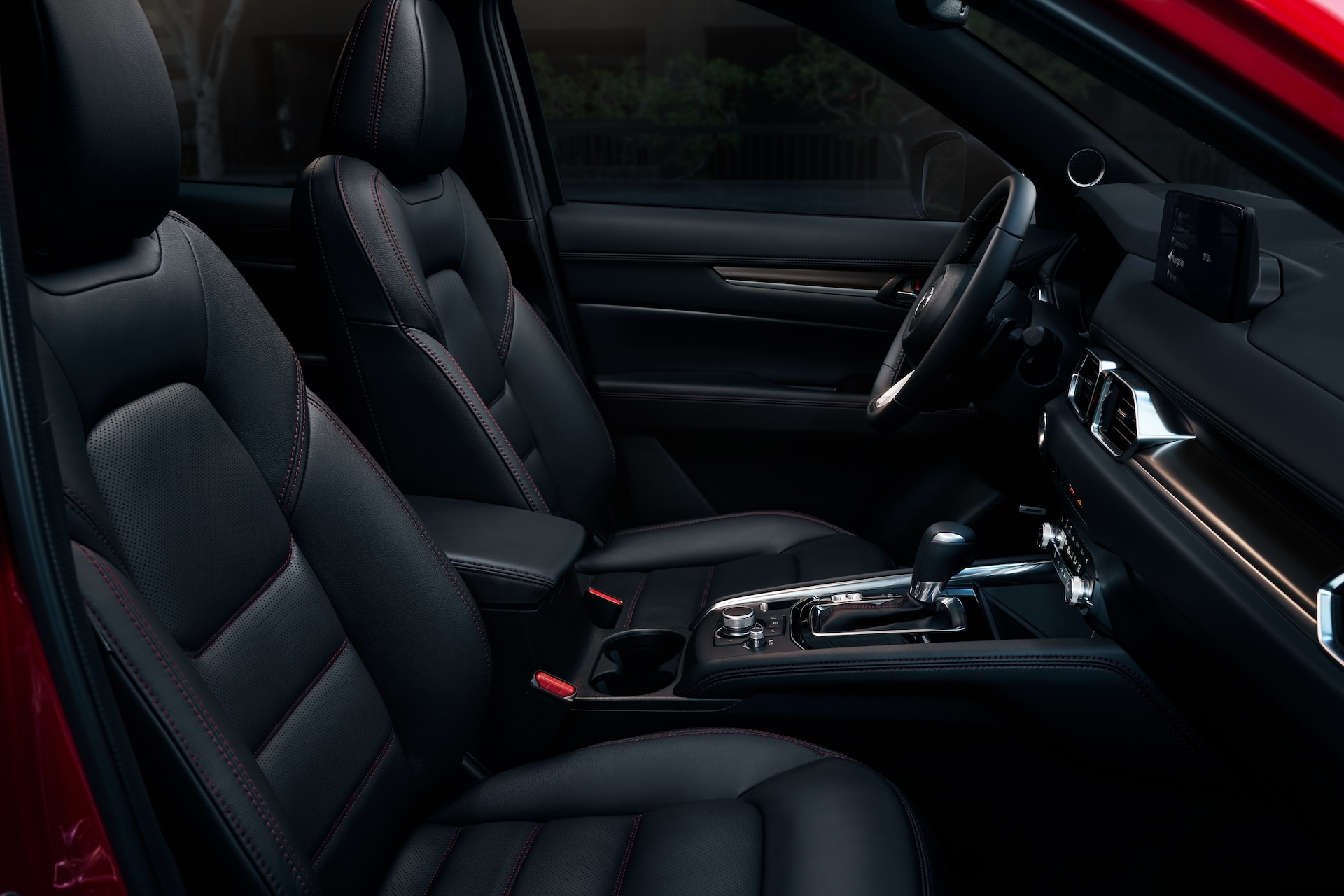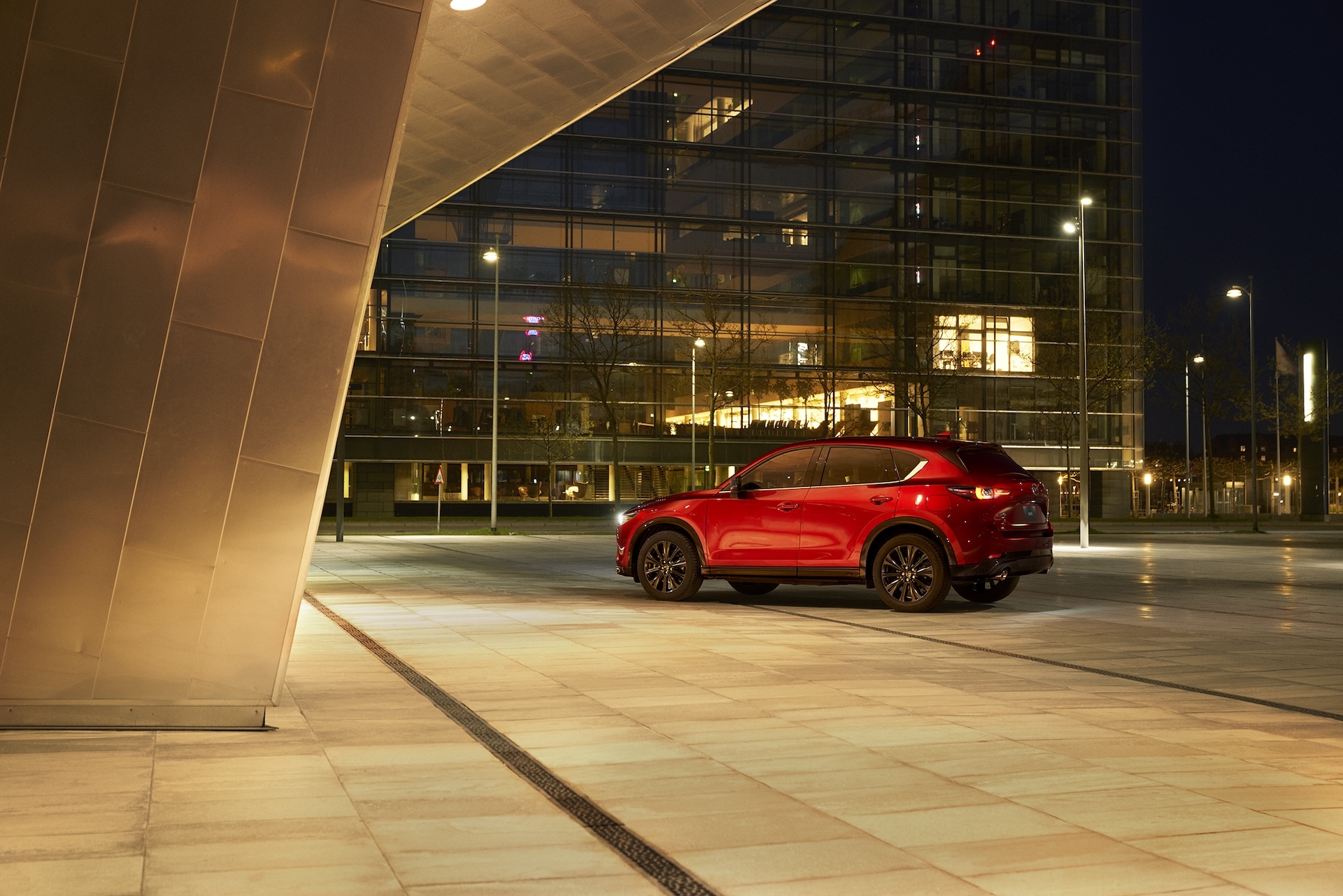
Compact crossovers are the most popular segment in the industry, and for most manufacturers, their compact crossover is their best-selling model. And it makes sense. They seat five, can carry a substantial amount of cargo, offer all-wheel drive for adverse weather conditions, are relatively efficient, easy to park, and don't occupy much space in the garage. Despite all these practical reasons, among every year's millions of compact crossover buyers, there are sure to be driving enthusiasts. That's where the Mazda CX-5 comes in. The current CX-5's design has been around for a while, and AutoBlog decided it was time to check if the CX-5 is still the driver's choice. Team Gillman Mazda shares what they found.
The Zoom-Zoom campaign may have long passed, but it lives on inside Mazda. Their goal is to make each Mazda vehicle the most enjoyable to drive in its segment. "Enjoyable to Drive" doesn't necessarily mean the fastest, but it does mean close attention to handling dynamics, as well as communicative steering and braking feel.

That said, AutoBlog selected the CX-5 in the 2.5 Turbo Premium trim. For this segment, 2.5 liters is quite a large engine to be turbocharged, and the turbo increases horsepower from 187 to 256 horsepower, providing 320 lb-ft of torque that peaks at 2,500 rpm. As AutoBlog points out, that torque peak is a significant aspect of the CX-5 driving experience, "This means in real-world driving, from a stoplight or when merging onto the highway, the CX-5 surges forward with an effortless, muscular shove that its competitors don't match."
The engine is paired with a 6-speed automatic transmission. While that may seem like a low number of gears by today's standards, the abundance of torque makes this generally not an issue. The transmission sends power to Mazda's i-Activ All-Wheel Drive system, which is standard on this trim. It adjusts front-rear power distribution based on 27 different sensors, monitoring parameters from steering angle and throttle input to windshield wiper use and outside temperature, attempting to predict traction loss before it happens. Meanwhile, the EPA estimates for the Turbo Premium are 22 City, 27 Highway, and 24 Combined.

The suspension is fully independent, with struts up front and multi-link geometry in the rear. That is common in this category, but the tuning is aimed at sharp handling while still maintaining a comfortable ride. Mazda also adds its G-Vectoring Control Plus (GVC Plus) system to the CX-5. In turns, it reduces torque slightly—too small to feel but enough to shift weight to the front, improving steering response. When you exit the turn, a small amount of brake force is applied to the outside wheel to help stabilize the vehicle as the turn finishes. None of this is directly felt, but it creates a stronger sense of confidence and stability compared to others in its segment.

AutoBlog notes other driving enthusiast details, such as the accelerator being hinged at the bottom instead of the top like most competitors, to provide the driver with more comfort and control. Then there is the fact that "The CX-5 is arguably still one of the best-looking vehicles in its class." Those are AutoBlog's words, and they refer to the smooth, almost organic surfacing that looks purposeful and aggressive without resorting to styling gimmicks or unnecessary character lines. It is far from form over function, but Mazda is willing to sacrifice some cargo space to create a more beautiful vehicle.
There are plenty of compact crossovers out there, but if you want one that puts an extra smile on your face every time you turn the wheel, your choice should be the Mazda CX-5. If you like a little more push on your back, aim for one of the turbocharged models. If you're near Houston, experience the Mazda CX-5 at Team Gillman Mazda on the North Freeway.